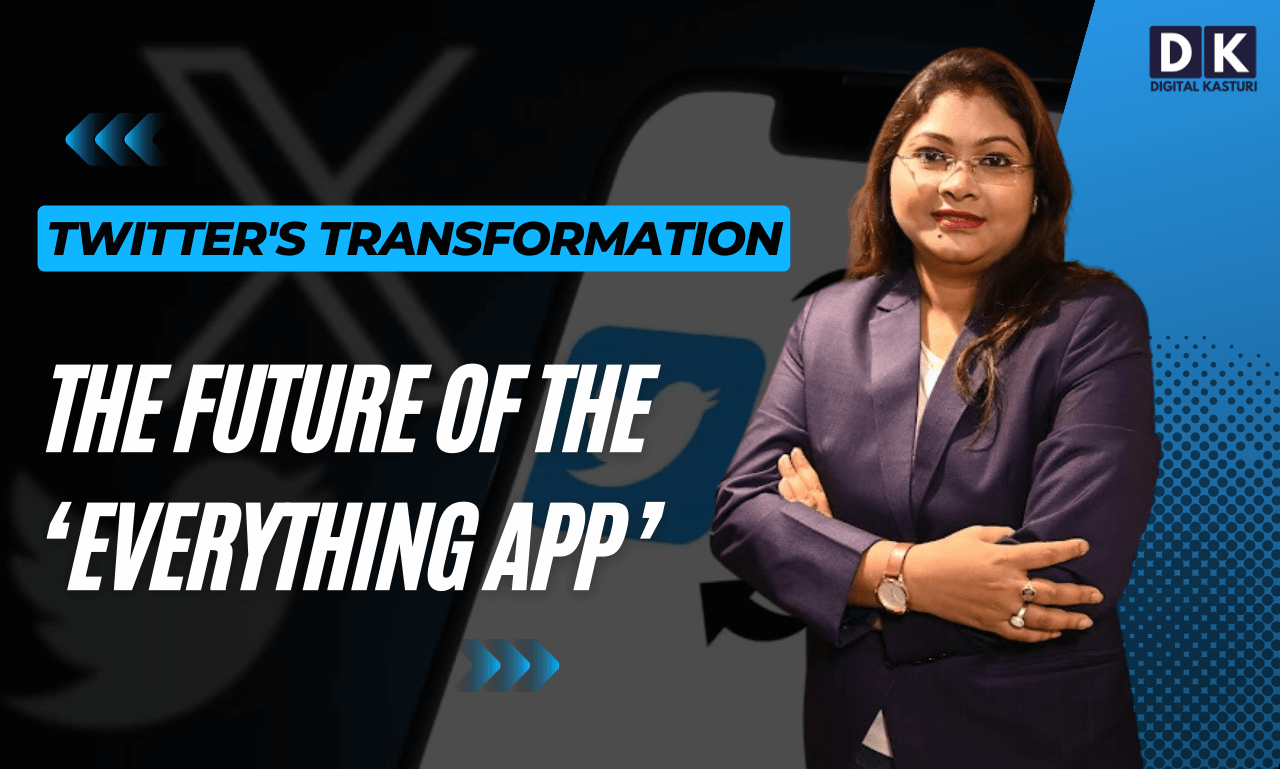In the fast-paced digital age, where the internet and social media have revolutionized communication, Twitter stands as one of the most influential platforms. Over the years, it has evolved from a micro blogging service to a multifaceted powerhouse, expanding its horizons beyond 280-character tweets. Today, we explore how Twitter has transformed into the ‘Everything App’ and what the future holds for this versatile platform.
The Evolution of Twitter:
Initially launched in 2006 as a simple text-based platform, Twitter quickly became the go-to space for sharing short messages and opinions. However, with the changing needs of users and advancements in technology, the platform began to transform. It introduced images, videos, and polls, transforming from a text-centric app to a multimedia experience.
Expanding Beyond Social Media:
Twitter’s growth didn’t stop at mere multimedia integration. It started branching out into various domains, including news dissemination, live streaming events, and real-time customer service. The platform began collaborating with news outlets and becoming the primary source of breaking news worldwide. Furthermore, it enabled live streaming of events, allowing users to engage with content in real-time.
Becoming a Social Commerce Hub:
As Twitter’s user base continued to grow, it recognized the potential to tap into social commerce. The platform incorporated ‘Buy Now’ buttons, allowing businesses to directly sell products within tweets. This seamless integration of shopping into the platform led to an exciting new dimension of social commerce.
Twitter’s Influence on Politics and Activism:
Twitter’s influence on society and politics cannot be overlooked. Politicians and leaders worldwide use the platform to communicate with their constituents directly. Moreover, social movements and activists leverage Twitter to mobilize communities and raise awareness about pressing issues.
Enhancing User Experience:
Twitter’s relentless focus on enhancing user experience has been a driving force behind its evolution. The introduction of threaded tweets, dark mode, and the ability to limit replies have improved user engagement and made conversations more organized.
Artificial Intelligence and Personalization:
To cater to individual preferences, Twitter has incorporated AI algorithms to curate personalized timelines and suggestions. This ensures that users receive content they are most likely to engage with, thus making their experience more enjoyable and tailored.
The Future of Twitter as an ‘Everything App’:
As Twitter continues to expand its offerings, it shows the potential to become an ‘Everything App,’ a one-stop destination for various needs. With its diverse features, from news to social commerce, live events to political discourse, Twitter has the capability to encompass a wide array of services that cater to the evolving needs of users.
Addressing Challenges and Concerns:
With immense growth and evolution come challenges. Twitter faces issues such as misinformation, online harassment, and maintaining a balance between free speech and safety. The platform’s ability to address these concerns will determine its long-term success.
Conclusion:
Twitter’s journey from a simple micro blogging service to an ‘Everything App’ has been nothing short of remarkable. Its adaptability and willingness to innovate have enabled it to stay relevant and thrive in the ever-changing digital landscape. As Twitter continues to evolve, one can only speculate about the exciting future that lies ahead for this social media giant.








